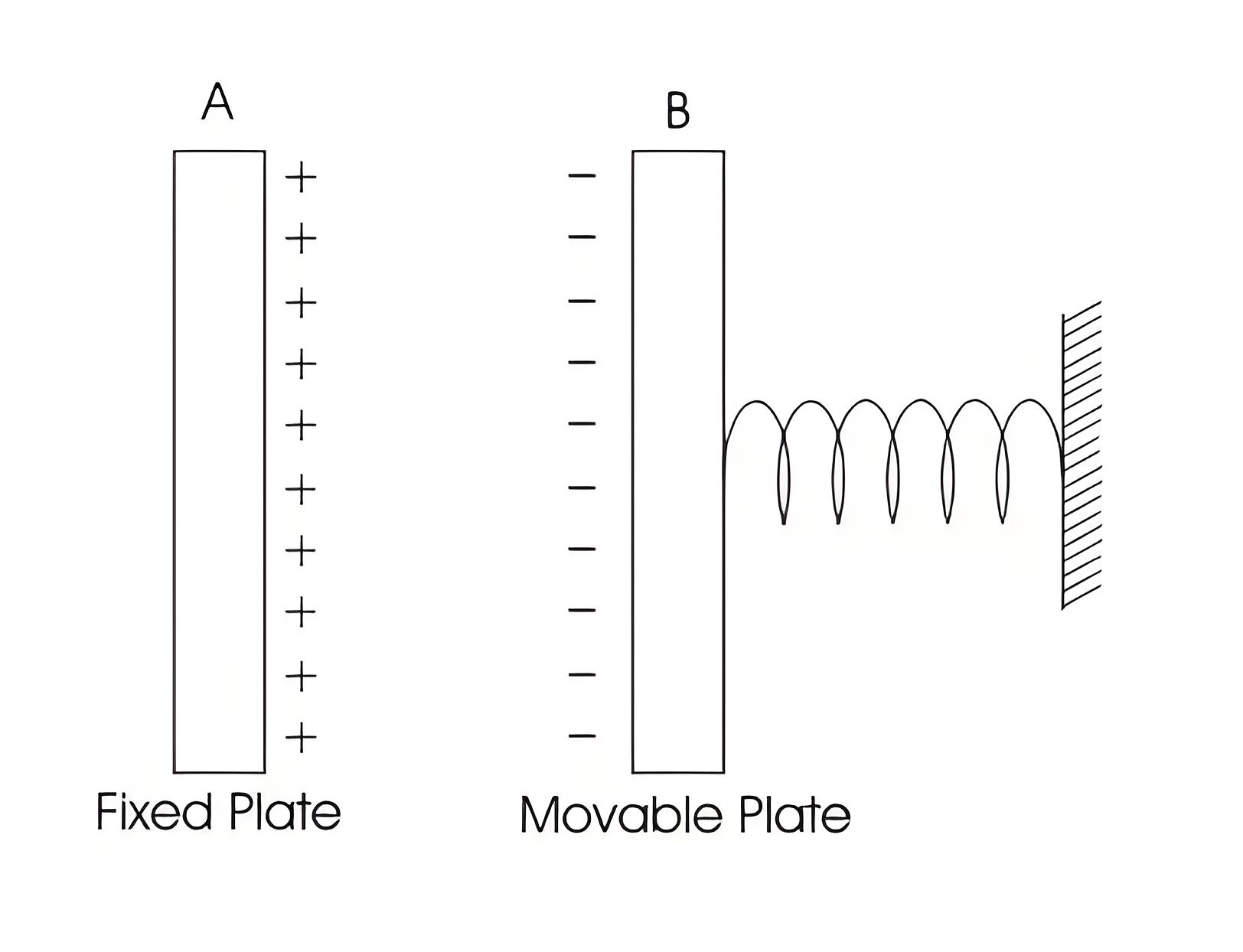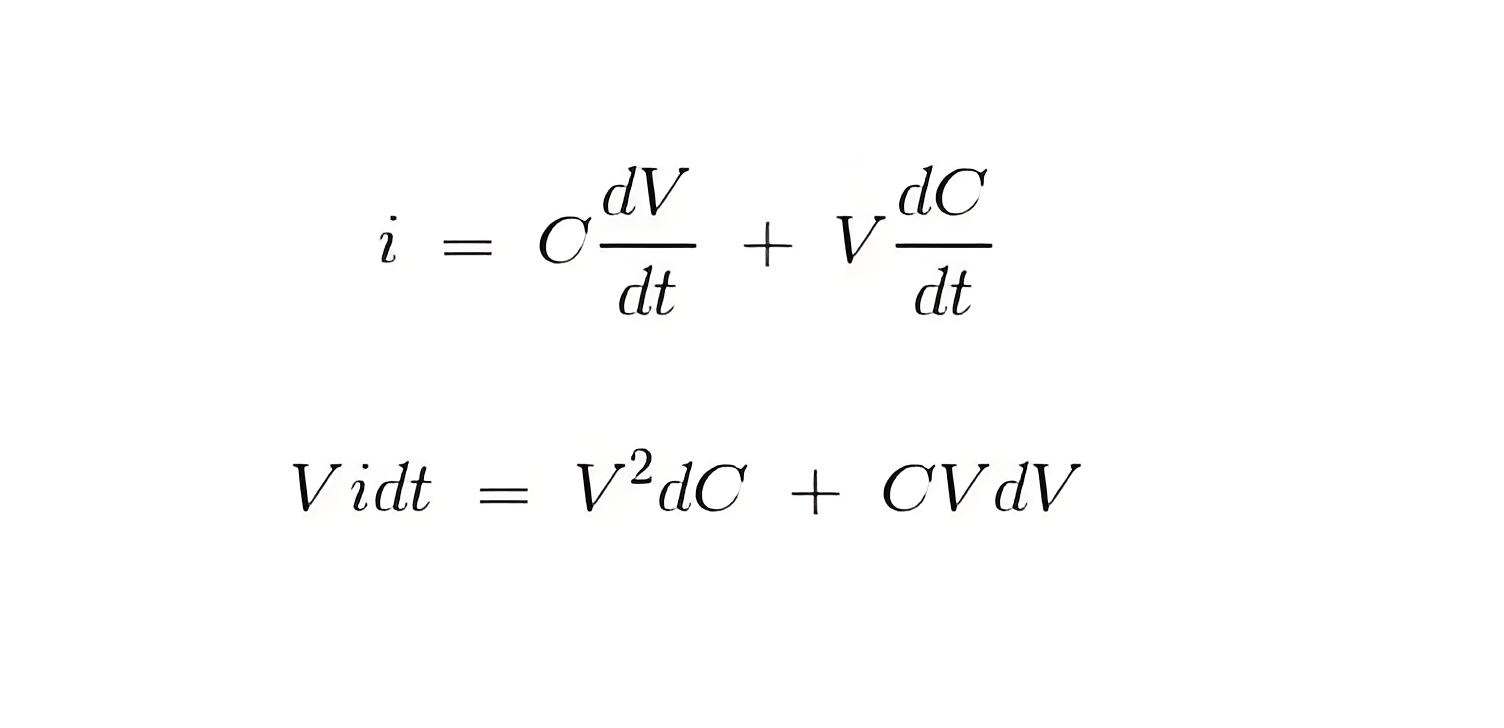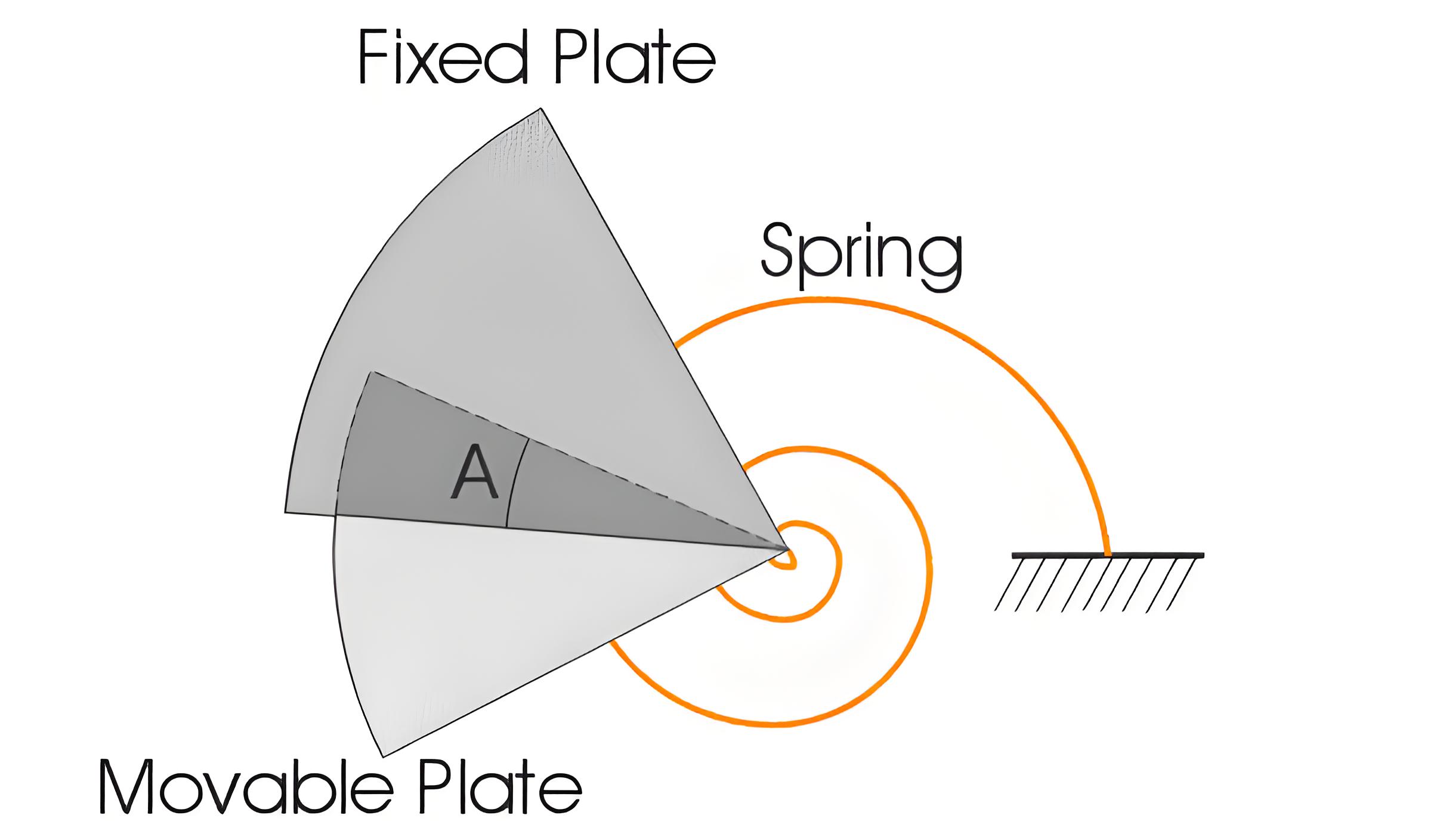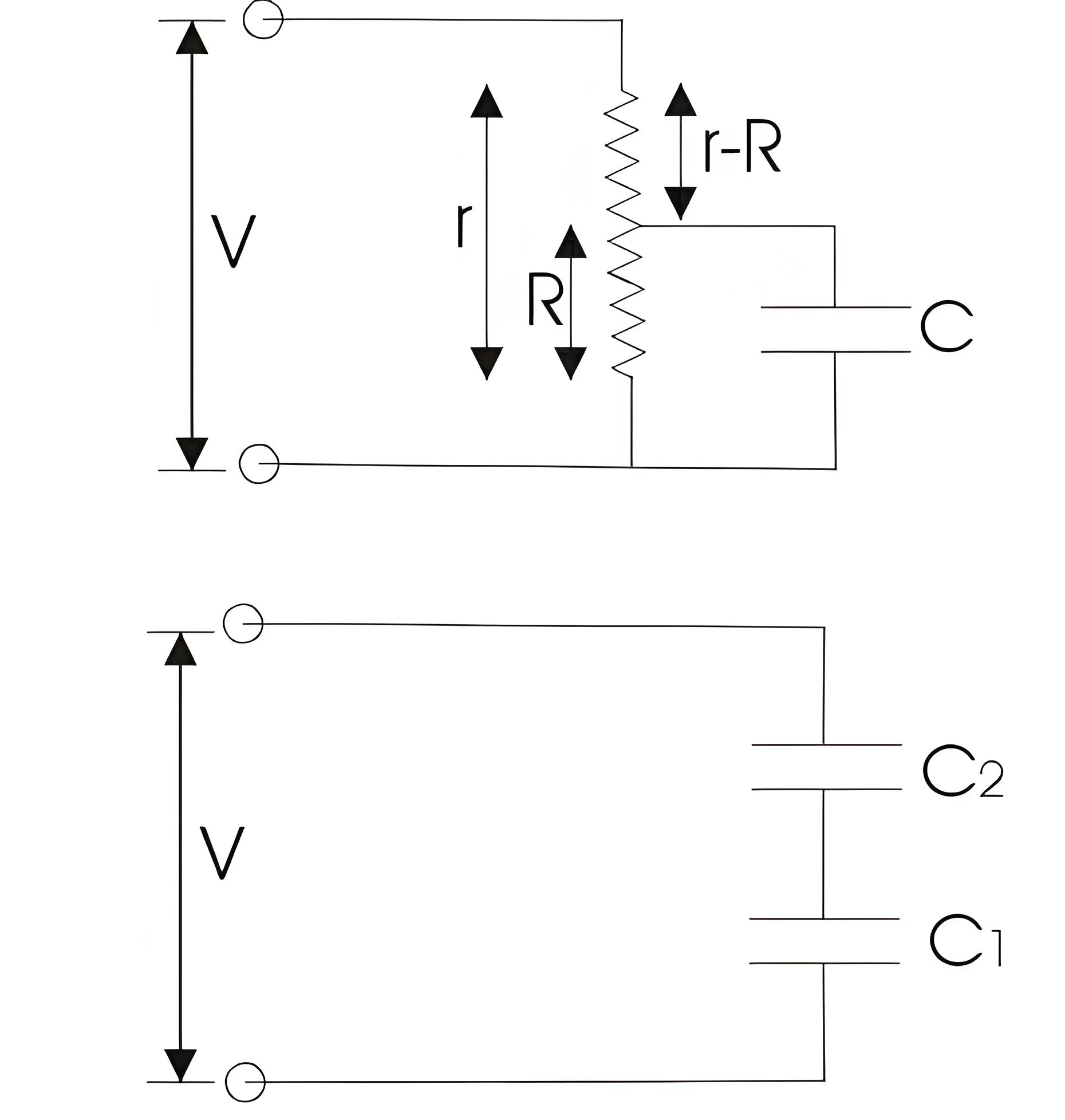What are Electrostatic Type Instruments?
What are Electrostatic Type Instruments?
Electrostatic Instrument Definition
An electrostatic instrument is defined as a device that uses static electrical fields to measure voltage, usually high voltages.
Working Principle
As the name suggests, electrostatic instruments use static electrical field to produce deflecting torque. They are typically used to measure high voltages but can also measure lower voltages and power in some cases. There are two ways the electrostatic force can act.
Construction Types
In one setup, one plate is fixed while the other is free to move. The plates are oppositely charged, creating an attractive force that moves the movable plate towards the fixed plate until maximum electrostatic energy is stored.
In another setup, the force can be attractive, repulsive, or both, due to the rotary motion of the plate.
Torque Equation

Consider two plates: Plate A is positively charged, and Plate B is negatively charged. Plate A is fixed, and Plate B is free to move. There is a force, F, between the plates at equilibrium when the electrostatic force equals the spring force. The electrostatic energy stored in the plates at this point is:

Now suppose we increase the applied voltage by an amount dV, due to this the plate B moves towards the plate A by a distance dx. The work done against the spring force due to displacement of the plate B be F.dx. The applied voltage is related to current as
From this value of electric current the input energy can be calculated as

From this we can calculate the change in the stored energy and that comes out to be
By neglecting the higher order terms that appears in the expression. Now applying the principle of energy conservation we have input energy to the system = increase in the stored energy of the system + mechanical work done by the system. From this we can write,
From the above equation the force can be calculated as
Now let us derive force and torque equation for the rotary electrostatic type instruments. Diagram is shown below,
To find the expression for deflecting torque in rotary electrostatic instruments, replace F in equation (1) with Td and dx with dA. The modified equation for deflecting torque is:
At steady state, the controlling torque is Tc = K × A. The deflection A can be written as:
From this expression we conclude that the deflection of the pointer is directly proportional to the square of the voltage to be measured hence the scale will be non uniform. Let us now discuss about Quadrant electrometer.
This instrument is generally used in measuring the voltage ranging from 100V to 20 kilo volts. Again the deflecting torque obtained in the Quadrant electrometer is directly proportional to the square of the applied voltage; one advantage of this is that this instrument can used to measure both the AC and DC voltages.
One advantage of using the electrostatic type instruments as voltmeters is that we can extend the range of voltage to be measured. Now there are two ways of extending the range of this instrument. We will discuss them one by one.



(a) By using resistance potential dividers: Given below is the circuit diagram of this type of configuration.
The voltage which we want to measure is applied across the total resistance r and the electrostatic capacitor is connected across the portion of the total resistance which is marked as r. Now suppose the applied voltage is DC, then we should make one assumption that the capacitor which is connected is having infinite leakage resistance.
In this case the multiplying factor is given by the ratio of electrical resistance r/R. The ac operation on this circuit can also be analyzed easily again in case of ac operation we multiplying factor equal to r/R.
(b) By using capacitor multiplier technique: We can increase the range of voltage to be measured by placing a series of capacitors as shown in the given circuit.

Let’s derive the expression for the multiplying factor in Circuit Diagram 1. Let C1 be the voltmeter’s capacitance and C2 be the series capacitor’s capacitance. The series combination of these capacitors equals the total capacitance of the circuit.

The impedance of the voltmeter is Z1 = 1/jωC1, and the total impedance is:

The multiplying factor is defined as the ratio of Z/Z1, which is 1 + C2 / C1. This way, we can increase the voltage measurement range.
Advantages of Electrostatic Type Instruments
The first and the most important advantage is that we can measure both AC and DC voltage and the reason is very obvious the deflecting torque is directly proportional to the square of the voltage.
Power consumption is quite low in these types of instruments as the current drawn by these instruments is quite low.
We can measure high value of voltage.
Disadvantages of Electrostatic Type Instruments
These are quite costly as compared to other instruments and also these have large size.
The scale is not uniform.
The various operating forces involved are small in magnitude.
Range Extension
The measurement range can be extended using resistance potential dividers or capacitor multipliers.
The Electricity Encyclopedia is dedicated to accelerating the dissemination and application of electricity knowledge and adding impetus to the development and innovation of the electricity industry.













